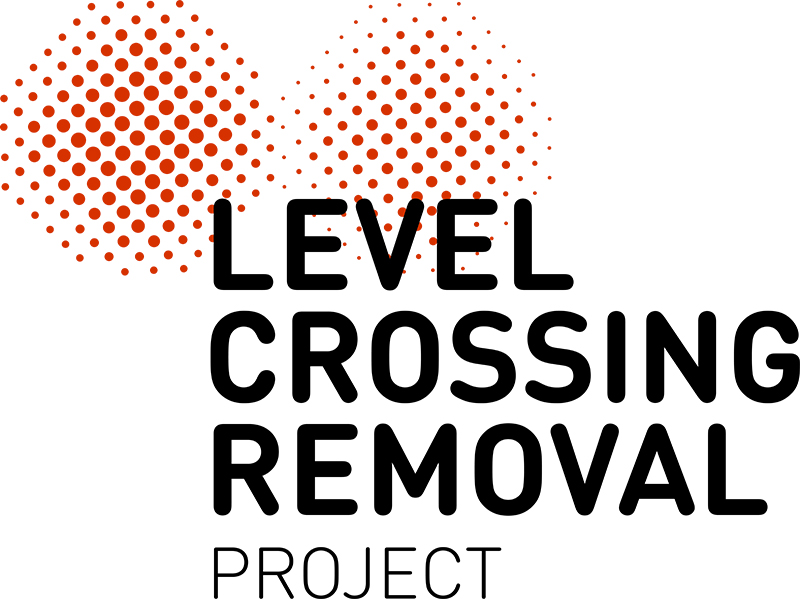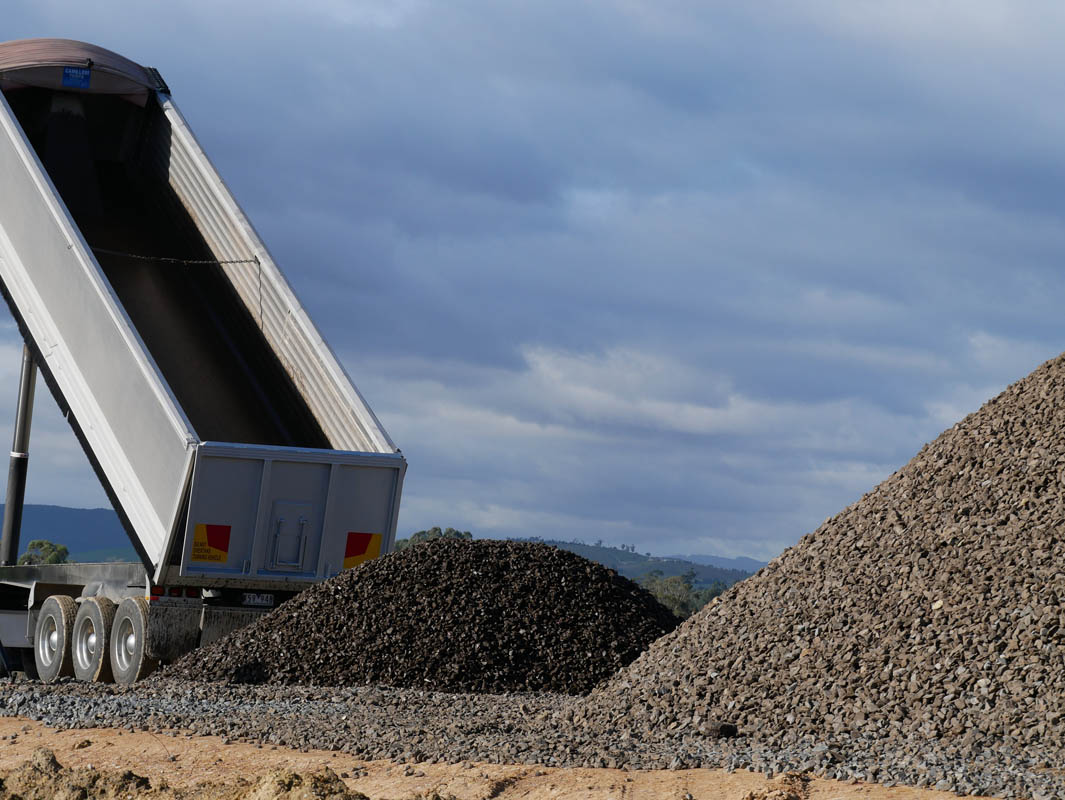
A massive volunteer endeavour to rebuild an old railway between Healesville and Yarra Glen has been given a timely boost with the donation of ballast and steel tracks from the Level Crossing Removal Project.
More than 500 volunteers have come together to work on the project, united by a common dream to see a steam train run through the Yarra Valley along a 14km tourist route.
Yarra Valley Railway President Brett Whelan said the ongoing effort to bring the old railway back to life is the largest volunteer infrastructure project in Australia.
'It’s been about 40 years since a steam train travelled from Healesville, and I think the whole community, including those with businesses in the Yarra Valley, can’t wait to see it,' he said.
'This is about bringing families and tourism to the Valley, and it’s going to be huge.'
A significant amount has been achieved already, including the rebuilding of 16 bridges and a full heritage restoration of Yarra Glen Station – left as little more than a shell by termites and the Black Saturday fires.
The ‘main game’ of building track, however, is still reliant on the donation of used track materials.
Project Director Brett Summers, who heads up the Caulfield to Dandenong Level Crossing Removal Project said 5000 tonnes of stony ballast was being donated along with 17.5km worth of steel track.
'In the course of removing level crossings between Caulfield and Dandenong, we’ve stripped out ground level tracks and replaced them with elevated rail,' Mr Summers said.
'This material is completely fit for purpose so it’s good to see it being used in this way – it’s also the best possible outcome environmentally.'
According to Yarra Valley’s Brett Whelan, the donation gets them “40% there” and more importantly lets the project kick off phase one of heavy rail construction.
'Without this, we would just be in a holding pattern – we could fix and rebuild everything else but still wouldn’t have the rail to rebuild the track,' he said.
Mr Whelan said volunteers from more than 10 community organisations had chipped in over the past 5 years, while more than 100 local businesses had contributed goods or services.
That includes local truck drivers now helping out with the enormous task of shifting a mountain of ballast from Melbourne up to the Valley.
The railway society president was also keen to highlight that most of the volunteers aren’t die-hard rail buffs.
'We’ve got people that aren’t necessarily passionate about railways but are passionate about community and seeing a tourist product that’s going to leave a legacy,' he said.
One of those is former defence force and Qantas pilot Roly Deighton, who spends two or three days a week operating heavy earth-moving equipment on site.
Mr Deighton, who is suffering from bone cancer, said he wants his grandkids to be able to ride the train and have the same fun he had as a kid.
'I do have a long-term illness and this has given me something to look forward to each day,' he said.
'It’s very satisfying at the end of the day to come home absolutely knackered but having had a very happy day out on the rail here. Something like this can capture the imagination, and bring people in.'
While an end date for the project is still uncertain, the Yarra Valley Railway society, which currently runs a 40-seat heritage Walker Railmotor train out of Healesville, is keeping its sights set on the future.
They’re confident a full steam locomotive would attract around 250,000 passengers per year and generate $30 million for the local economy.
Healesville’s original rail line was established in 1888 as an extension of the Lilydale Line, with trains transporting timber, livestock and dairy products along with passengers. Following a decline in passenger numbers, the line closed in December 1980.
